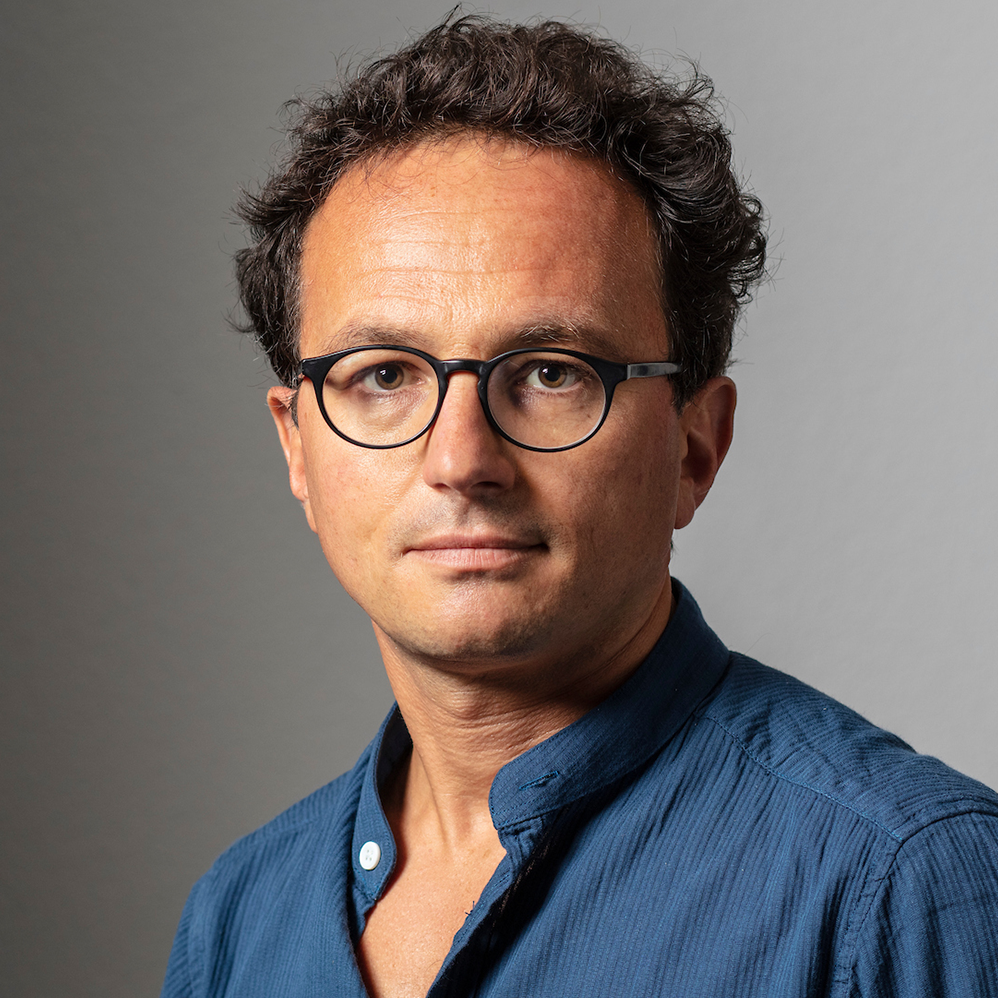Inside the Prix de Lausanne 2016
Lausanne’s renowned dance competition attracts some of the world’s most talented young dancers. It is above all, a learning opportunity. (Carlo Pisani, swissinfo.ch)
The 44th Prix de Lausanne runs from February 1 to 6. In the five days leading up to the finals, 71 young dancers from 19 different nationalities are being closely watched by an international jury evaluating their potential talent and how they evolve as dancers during their time in Lausanne.
Before the contest, each participant prepares classical and contemporary variations. Then once in Lausanne, young dancers are coached on the pieces they prepared and at the same time they are trained in new classical and contemporary movements and techniques.
Teachers at the Prix de Lausanne do the training and coaching work on a voluntary basis. Many are former Prix de Lausanne winners and the event helped launch their careers.
More than a third of this year’s dancers come from South Korea and Japan, 25 in total. For Japanese talent, reaching the Prix de Lausanne is major goal – Japan has a large number of high profile private schools but only one ballet company where they can work. The Prix de Lausanne offers networking opportunities and is seen as a stepping-stone in the world of professional dancing.
Prizes are grants to study at renowned schools or companies.
The contest is held annually in Lausanne, managed by a non-profit foundation and aims to discover and promote the potential of young dancers aged 15 to 18 who are not yet professionals. It was founded in 1973 by Swiss industrialist Philippe Braunschweig and his wife Elvire.








You can find an overview of ongoing debates with our journalists here . Please join us!
If you want to start a conversation about a topic raised in this article or want to report factual errors, email us at english@swissinfo.ch.